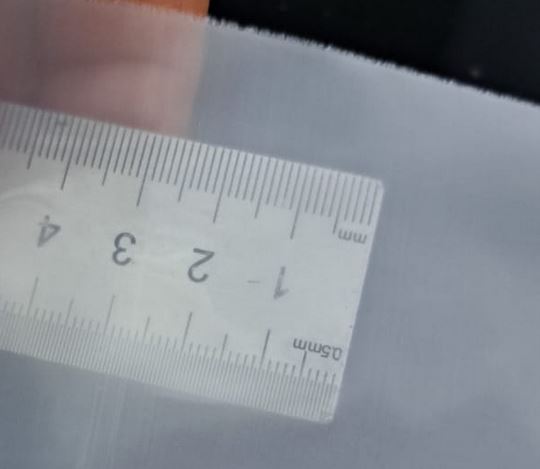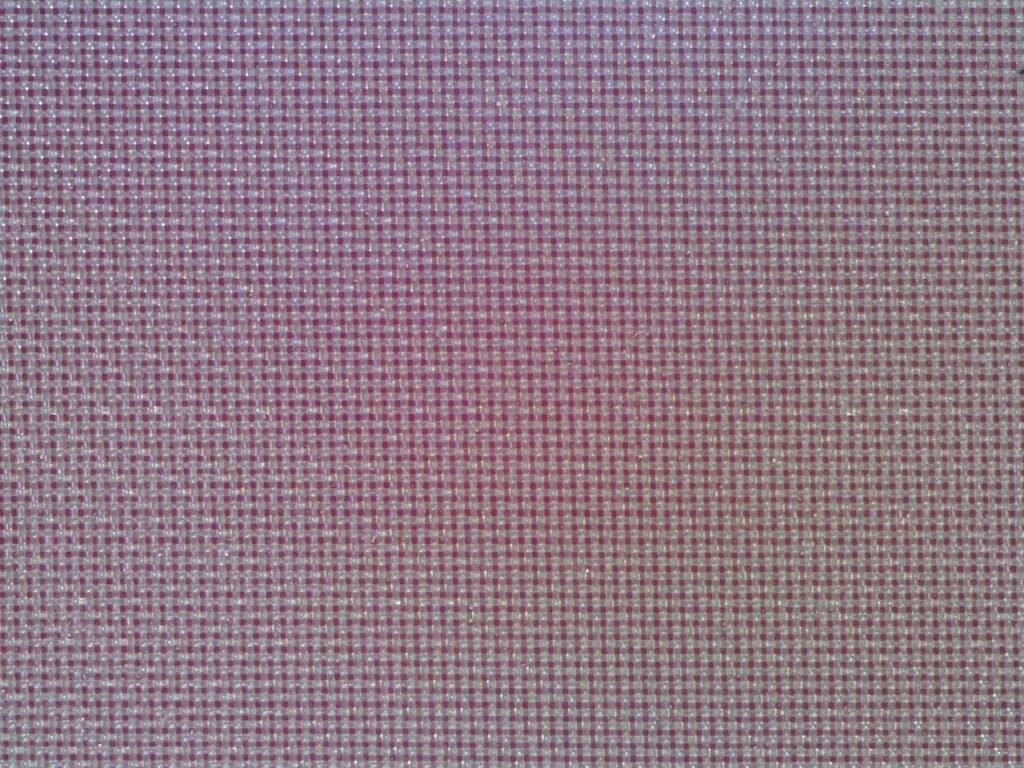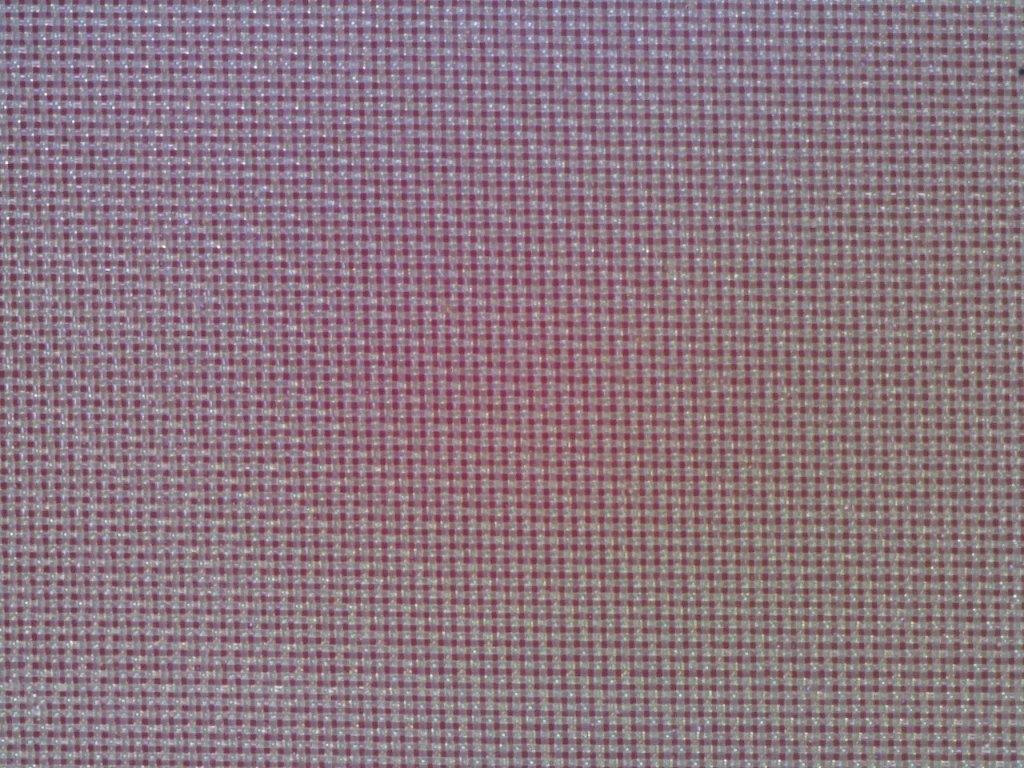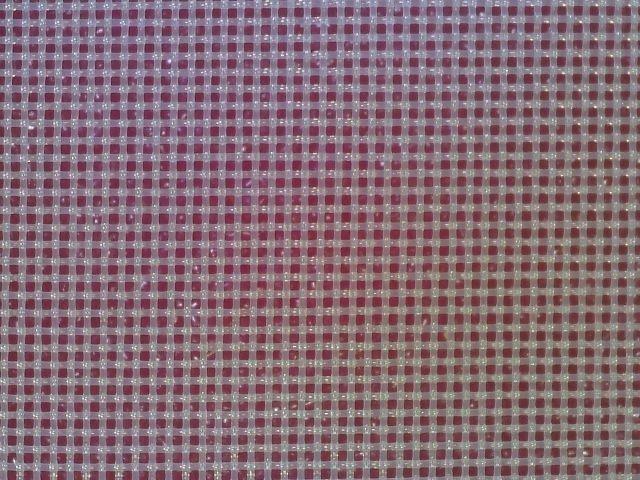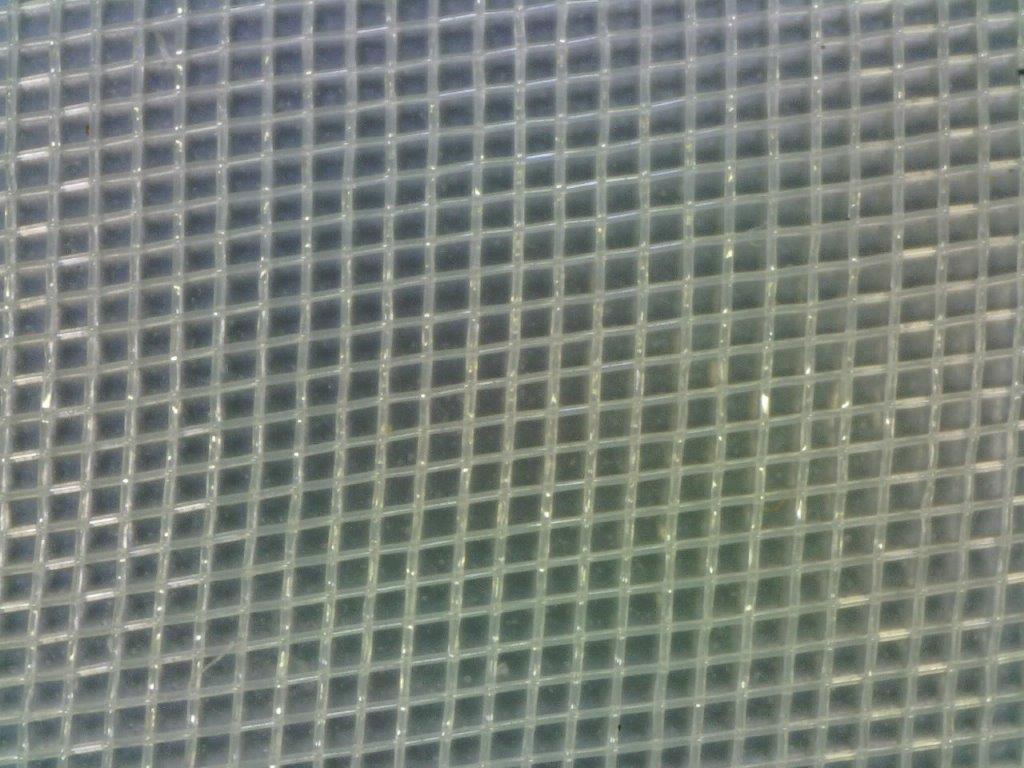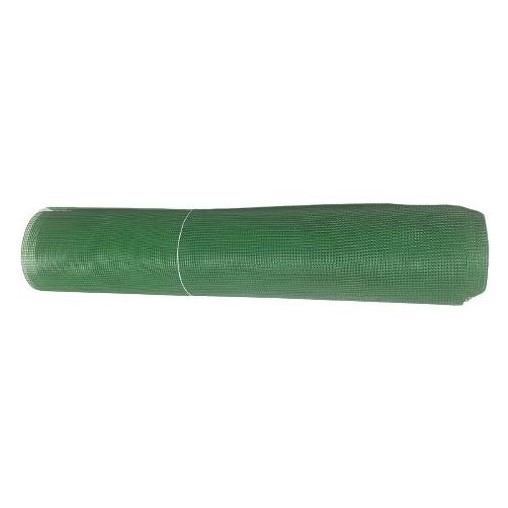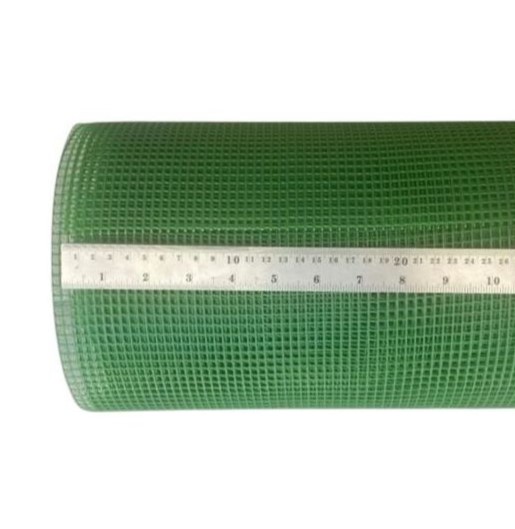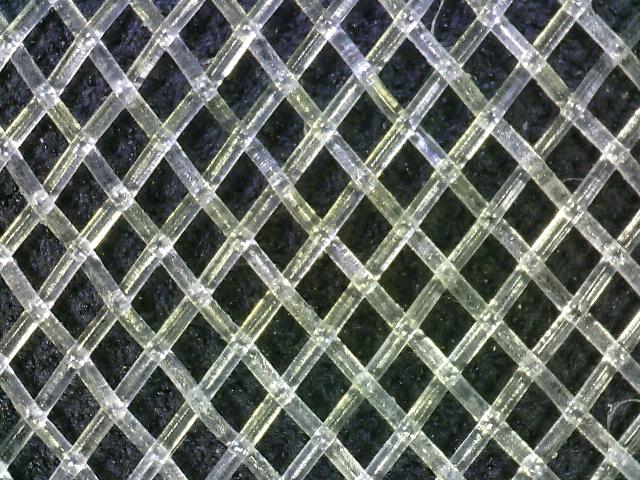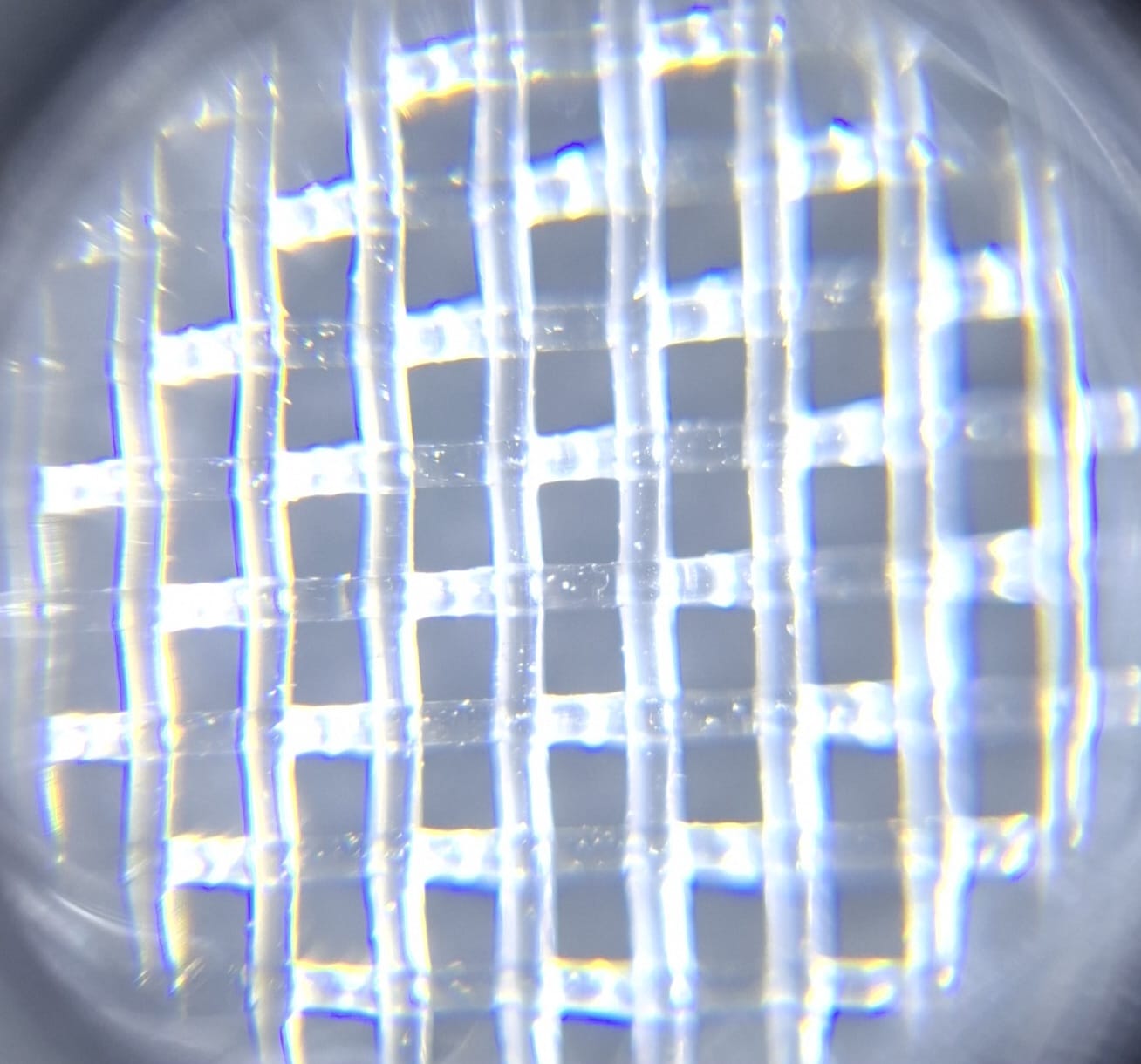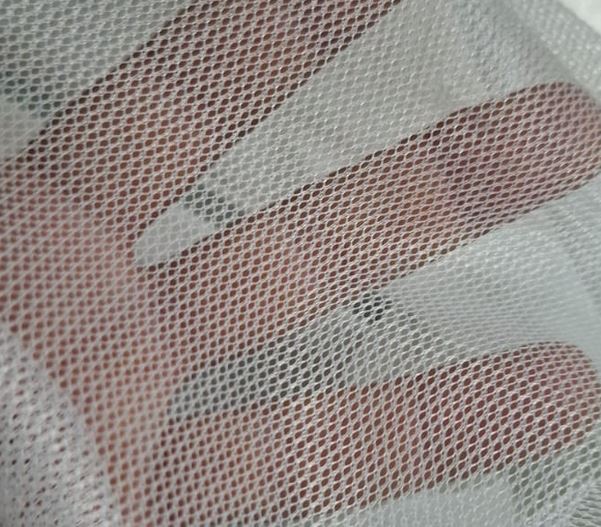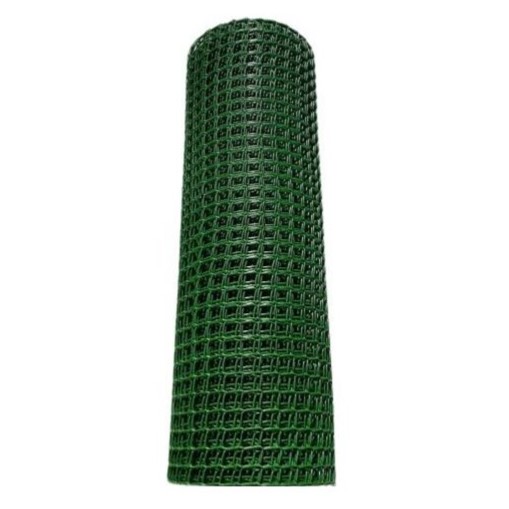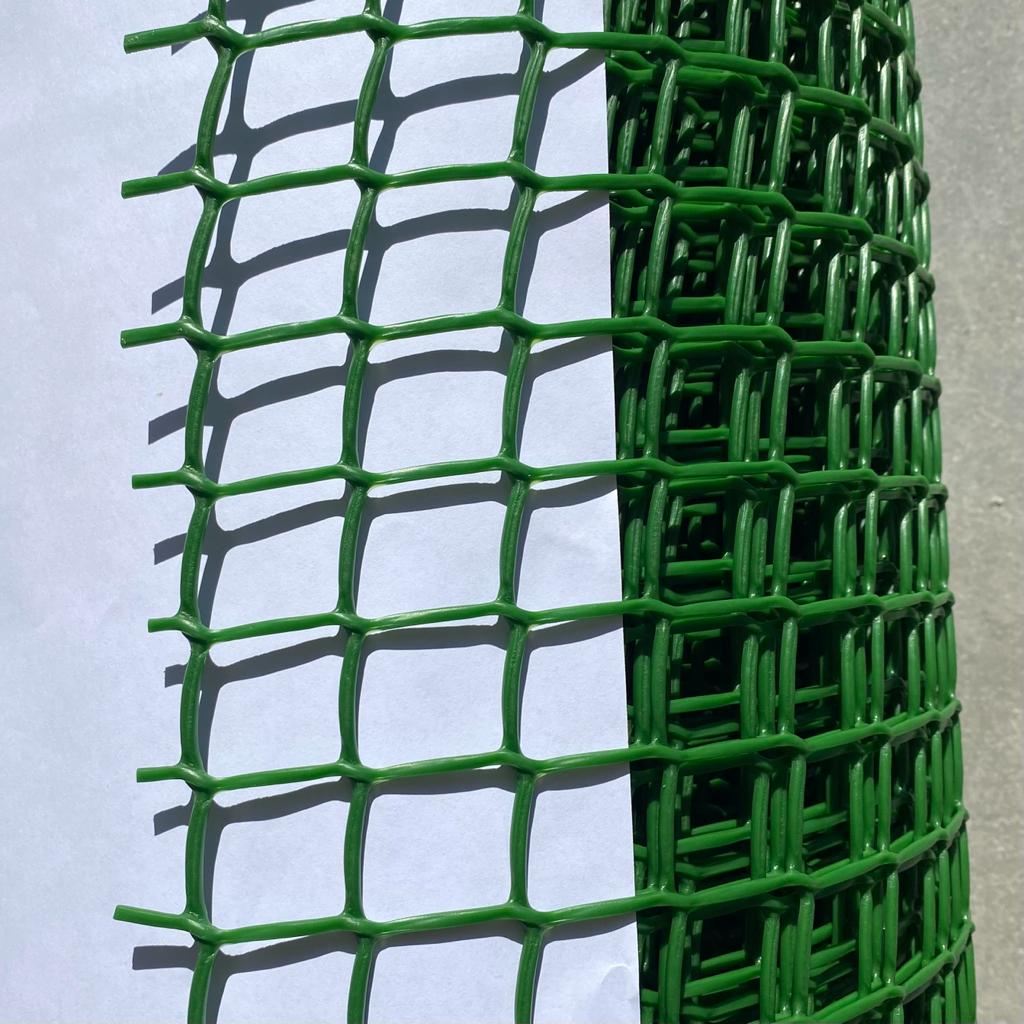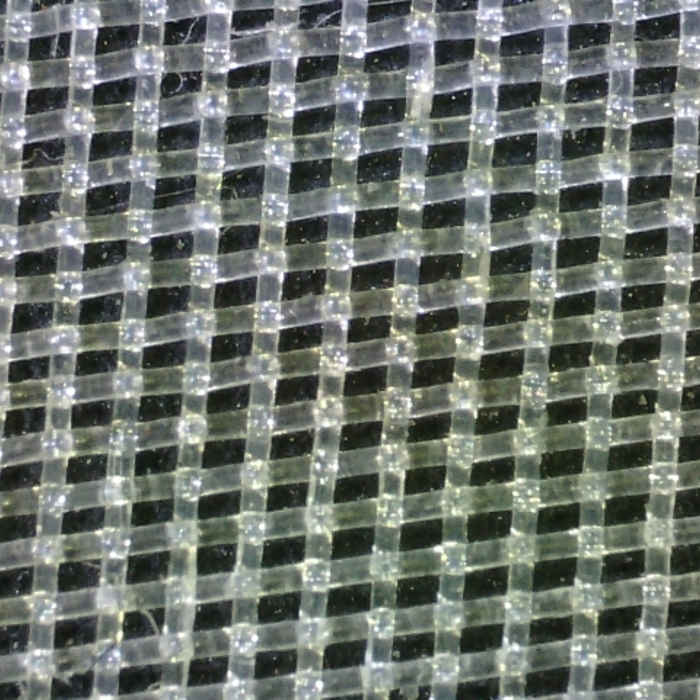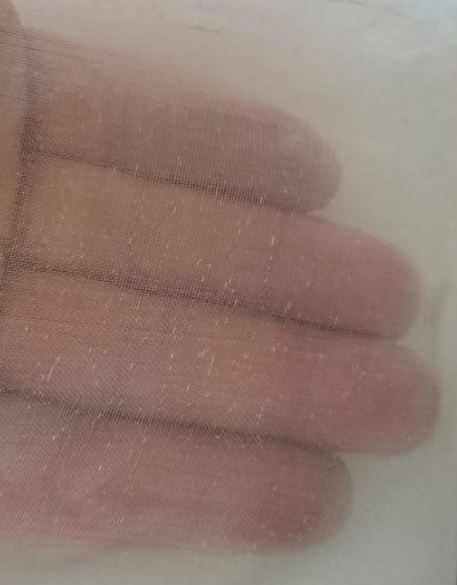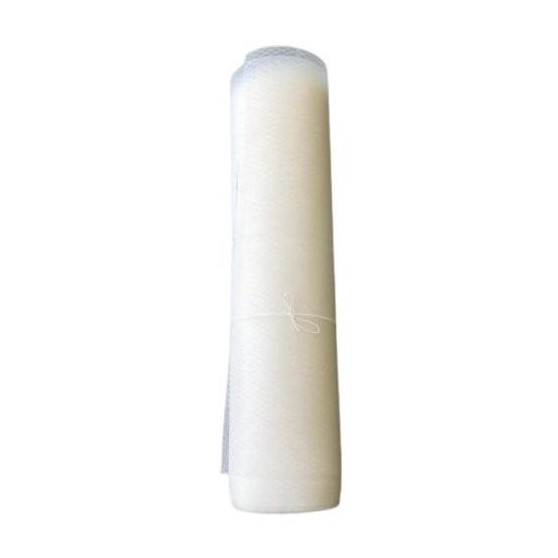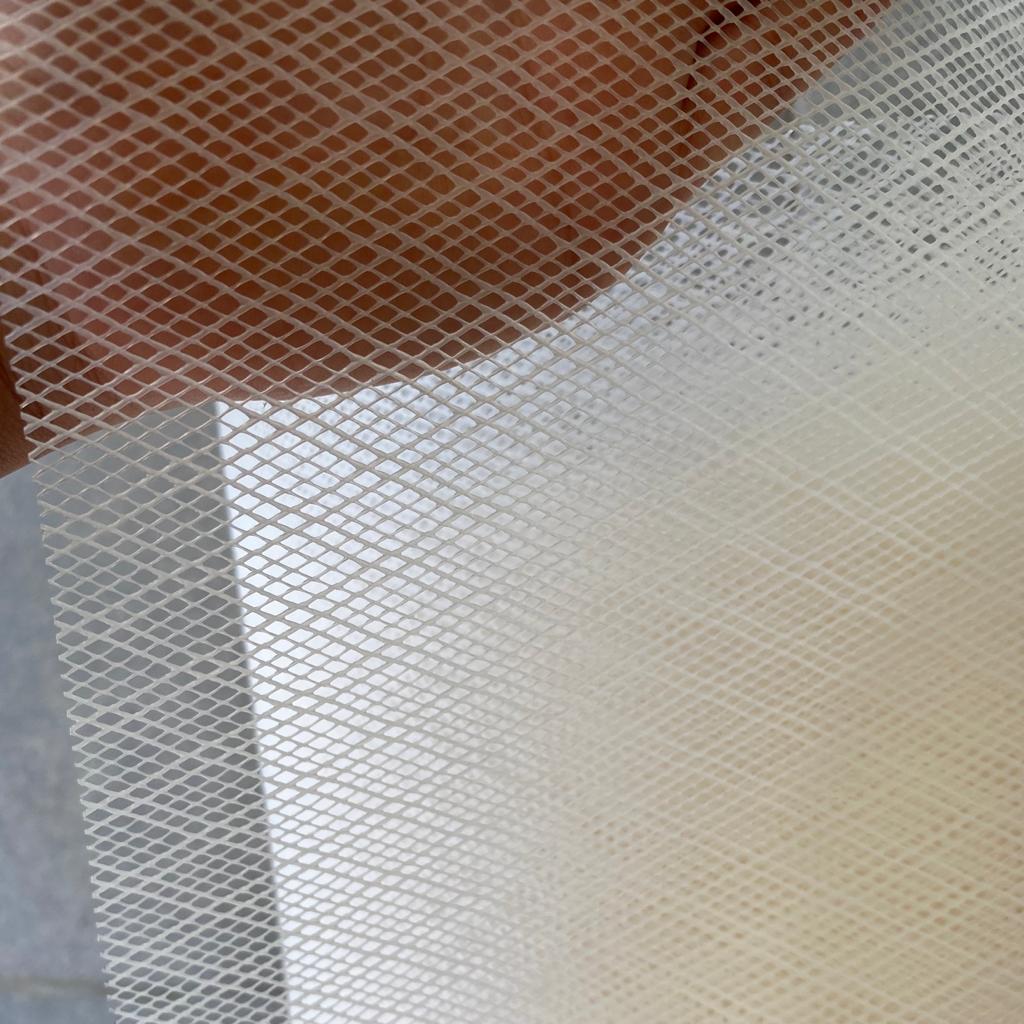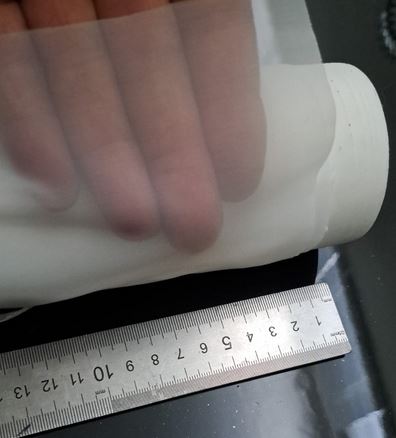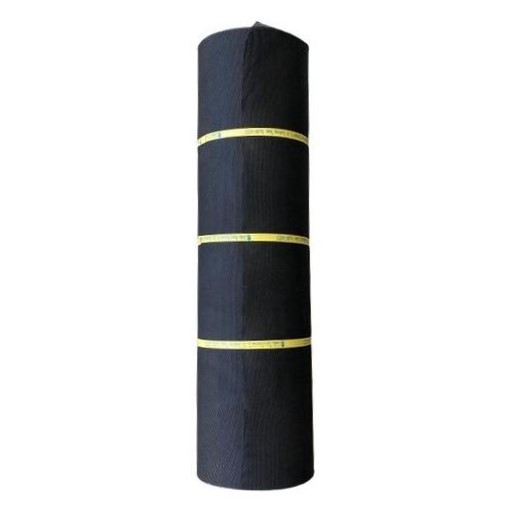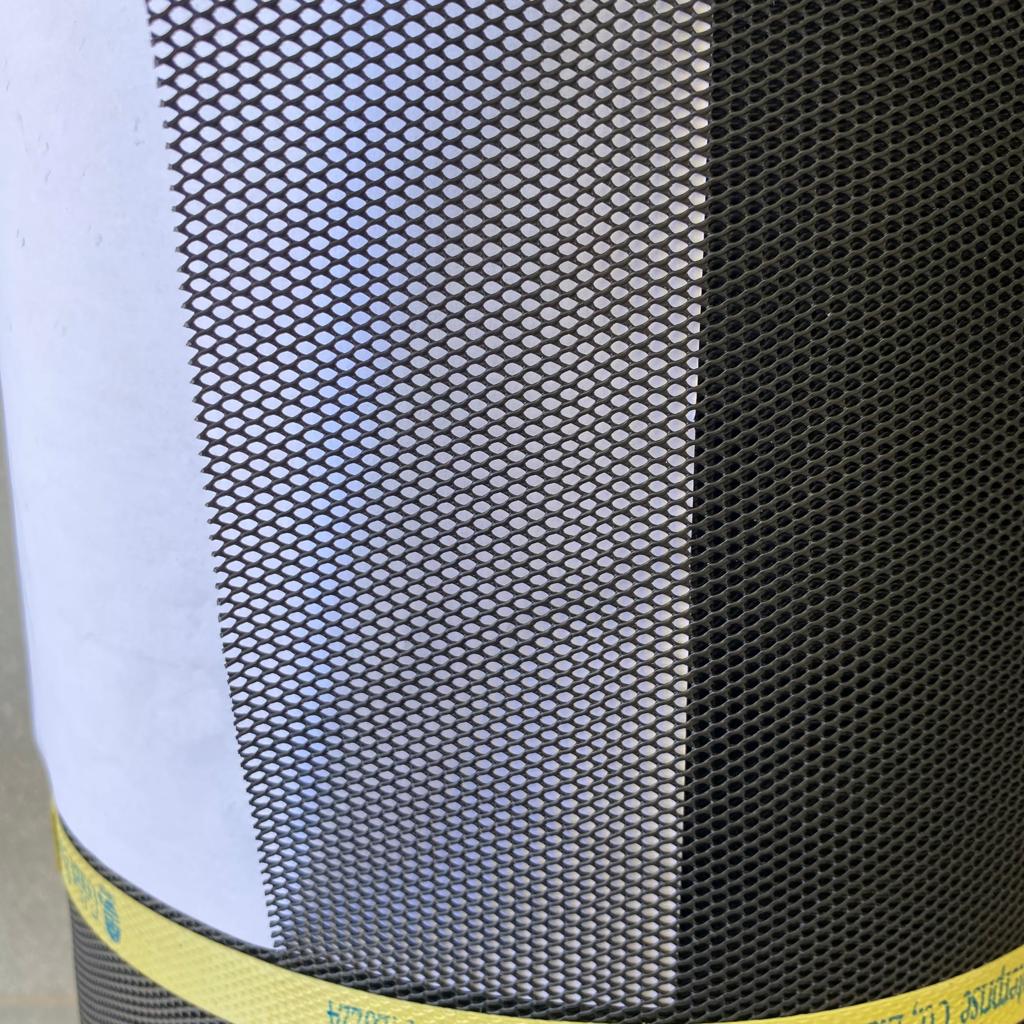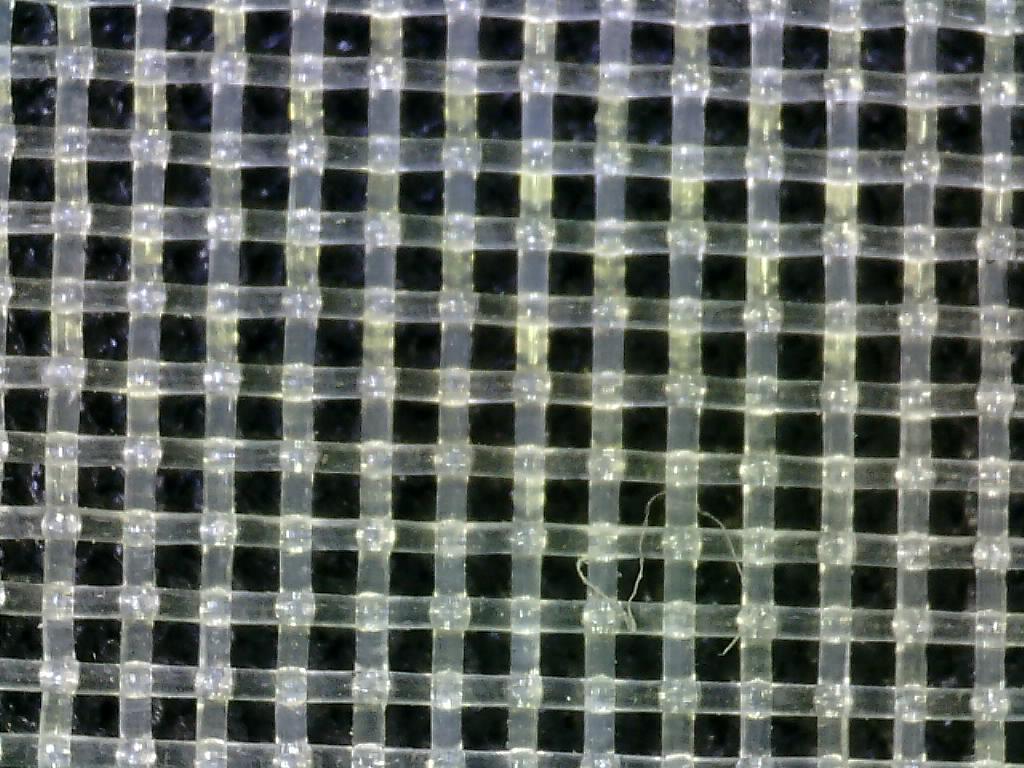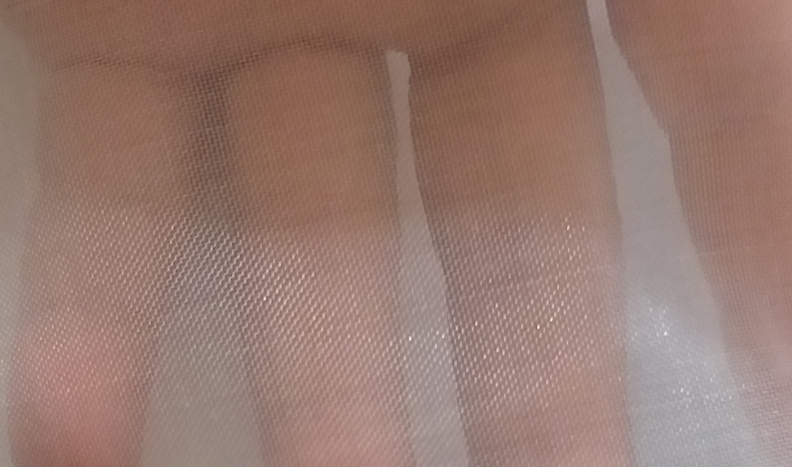45 micron nylon monofilament mesh
R479.00 Excl. VAT
Nylon monofilament, woven, mesh net screen material, #305 USA mesh (count of threads per inch), 45 micron aperture. Price per linear meter (1m x 1.27m). Order 1 or more meters. A full roll is 30m.
- Description
- Additional information
Description
Mesh properties
Nylon monofilament, woven screen mesh, #305 mesh count per inch and 43-45 micron aperture (thread is 40 micron). The mesh is white (colourless, glassy), 127cm wide. We cut and sell this per linear meter of mesh (100cm x 120cm). A roll is 30m.
Applications
A 45 micron nylon mesh can have various applications across different industries due to its specific characteristics. Here are some general uses:
Filtration: Nylon mesh with a 45-micron opening size can be used for fine filtration purposes. It can filter out very small particles from liquids or gases.
Aquaculture: This mesh is sometimes used to harvest Spirulina, while some people recommend 25 micron mesh for Spirulina. A 45 micron nylon mesh could be a useful tool for harvesting and concentrating Brachionus calyciflorus and Brachionus plicatilus in various aquatic culture systems. Nylon mesh can be used in aquaculture operations for tasks like filtering water in fish tanks or trapping debris in fish hatcheries.
Separation: In laboratories or industrial settings, this type of mesh can be used to separate particles of a certain size from a mixture. For example, separating solids from liquids or classifying particles based on their size.
Straining: It can be used as a strainer to remove impurities or debris from liquids such as paints, inks, or food products.
Screening: In the agricultural sector, nylon mesh with a 45-micron opening can be used for insect screening in greenhouses or nurseries to prevent pests from entering while allowing airflow and sunlight.
Water treatment: Nylon mesh can be used in water treatment processes to remove contaminants or particles from water sources, ensuring clean water for various purposes.
Chemical processing: It can be used in chemical processing industries for tasks such as catalyst recovery, where fine particles need to be separated from liquids or gases.
Biotechnology: In laboratories, nylon mesh can be used for various applications such as cell straining, filtration of biological samples, or as support for chromatography columns.
Crafts and arts: In creative pursuits, nylon mesh can be used for various artistic endeavors such as screen printing, creating stencils, or as a component in mixed media projects.
Industrial manufacturing: Nylon mesh can be incorporated into various manufacturing processes where fine filtration or separation of materials is required, such as in the production of pharmaceuticals, cosmetics, or electronics.
These are just a few examples, and the actual uses can vary depending on the specific properties of the nylon mesh and the requirements of the application.
General features
Monofilament meshes made of nylon, polyester, and polyethylene are commonly used in various applications, including filtration, medical devices, sports equipment, and industrial uses. While they are all monofilament meshes, they have distinct properties that differentiate them from one another. Here are the key properties that set them apart:
- Material Composition:
- Nylon: Nylon meshes are made from polyamide polymers. They are known for their high strength, flexibility, and durability. Nylon meshes are resistant to abrasion and have good chemical resistance.
- Polyester: Polyester meshes are made from synthetic polyester fibers. They have excellent dimensional stability, low water absorption, and good resistance to most chemicals.
- Polyethylene: Polyethylene meshes are made from polyethylene polymers. They are lightweight, have high impact strength, and offer good resistance to moisture and chemicals.
- Strength and Tensile Properties:
- Nylon: Nylon meshes are known for their high tensile strength, making them suitable for applications where strong and resilient materials are required.
- Polyester: Polyester meshes also exhibit good tensile strength, but they might not be as strong as nylon meshes.
- Polyethylene: Polyethylene meshes generally have lower tensile strength compared to nylon and polyester but are still strong enough for many applications.
- Flexibility and Elongation:
- Nylon: Nylon meshes offer good flexibility and have relatively low elongation, meaning they don’t stretch significantly under stress.
- Polyester: Polyester meshes are moderately flexible and have moderate elongation properties.
- Polyethylene: Polyethylene meshes are quite flexible and can have relatively high elongation, which can be advantageous in certain applications.
- Chemical Resistance:
- Nylon: Nylon meshes have good chemical resistance, but they might not be as resistant as polyester or polyethylene in certain harsh chemical environments.
- Polyester: Polyester meshes offer excellent chemical resistance and can withstand exposure to a wide range of chemicals.
- Polyethylene: Polyethylene meshes have excellent chemical resistance and can withstand many chemicals, including acids and alkalis.
- Water Absorption:
- Nylon: Nylon meshes have a higher tendency to absorb water compared to polyester and polyethylene.
- Polyester: Polyester meshes have low water absorption, making them suitable for applications where moisture resistance is important.
- Polyethylene: Polyethylene meshes are hydrophobic and have very low water absorption.
- UV Resistance:
- Nylon: Nylon meshes are susceptible to degradation when exposed to prolonged sunlight or UV radiation.
- Polyester: Polyester meshes have good UV resistance and can maintain their properties better than nylon when exposed to sunlight.
- Polyethylene: Polyethylene meshes generally have good UV resistance, making them suitable for outdoor applications.
Melting point
The melting points of monofilament meshes made from nylon, polyester, and polyethylene are as follows:
- Nylon:
- Nylon meshes have a melting point ranging from approximately 180°C to 260°C (356°F to 500°F), depending on the specific type of nylon used in the manufacturing process. Different grades of nylon have different melting points.
- Polyester:
- Polyester meshes have a melting point around 250°C to 290°C (482°F to 554°F). As with nylon, the exact melting point can vary based on the specific type of polyester used.
- Polyethylene:
- Polyethylene meshes have a lower melting point compared to nylon and polyester. The melting point of polyethylene is typically in the range of 120°C to 135°C (248°F to 275°F).
It’s important to note that the melting point of these materials can vary depending on their specific grades, formulations, and manufacturing processes. These values are approximate and meant to provide a general idea of the melting points of each type of mesh. When considering the use of these materials in high-temperature applications, it’s crucial to refer to the manufacturer’s specifications for the particular mesh being used to ensure it can withstand the required operating conditions.
Deformity temperature
The deformity temperature, also known as the deflection temperature or heat deflection temperature (HDT), is the temperature at which a material starts to deform under a specified load. It is a critical parameter for assessing the thermal stability of a material and its ability to maintain its structural integrity under elevated temperatures.
The deformity temperatures of monofilament meshes made from nylon, polyester, and polyethylene are generally lower than their respective melting points. When a material reaches its deformity temperature, it starts to soften and lose its shape, making it compromised for certain applications. The exact deformity temperatures can vary depending on the specific grade and formulation of the material.
Approximate deformity temperatures for these materials are as follows:
- Nylon:
- Nylon meshes typically have a deformity temperature between 60°C to 90°C (140°F to 194°F).
- Polyester:
- Polyester meshes usually have a deformity temperature in the range of 70°C to 120°C (158°F to 248°F).
- Polyethylene:
- Polyethylene meshes generally have a deformity temperature ranging from 50°C to 85°C (122°F to 185°F).
Please note that these values are approximate and may vary depending on the specific grade, formulation, and manufacturing process of the mesh. If you are considering using these materials in applications where elevated temperatures are a concern, it is crucial to consult the manufacturer’s specifications for the particular mesh you intend to use. The manufacturer should provide information on the maximum recommended operating temperature to ensure the mesh’s performance and integrity are not compromised.
Additional information
| Weight | 0.2 kg |
|---|---|
| Dimensions | 30 × 30 × 3 cm |




